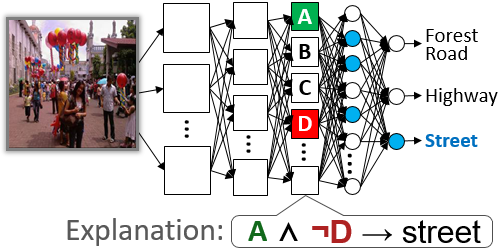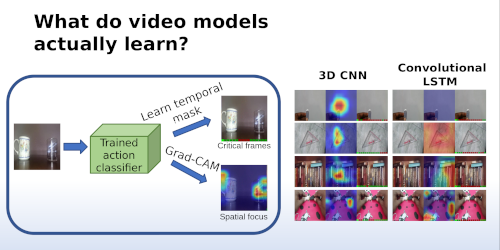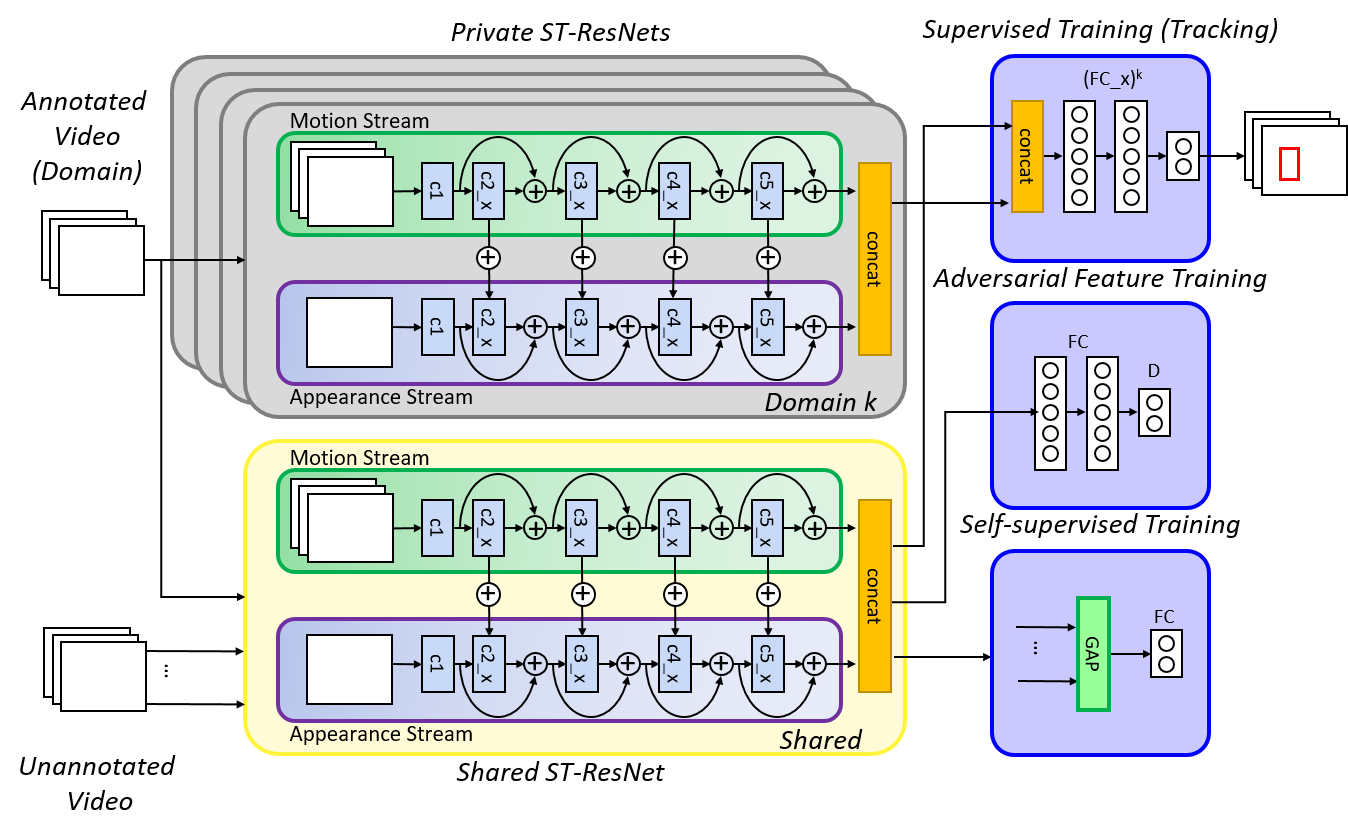Contextual Semantic Interpretability
Diego Marcos (Wageningen University)*, Ruth Fong (University of Oxford), Sylvain Lobry (Wageningen University and Research), Rémi Flamary (Université Côte d’Azur), Nicolas Courty (UBS), Devis Tuia (Wageningen University and Research)
Keywords: Deep Learning for Computer Vision
Abstract:
Convolutional neural networks (CNN) are known to learn an image representation that captures concepts relevant to the task, but do so in an implicit way that hampers model interpretability.However, one could argue that such a representation is hidden in the neurons and can be made explicit by teaching the model to recognize semantically interpretable attributes that are present in the scene. We call such an intermediate layer a semantic bottleneck.Once the attributes are learned, they can be re-combined to reach the final decision and provide both an accurate prediction and an explicit reasoning behind the CNN decision.In this paper, we look into semantic bottlenecks that capture context: we want attributes to be in groups of a few meaningful elements and participate jointly to the final decision.We use a two-layer semantic bottleneck that gathers attributes into interpretable, sparse groups, allowing them contribute differently to the final output depending on the context.We test our contextual semantic interpretable bottleneck (CSIB) on the task of landscape scenicness estimation and train the semantic interpretable bottleneck using an auxiliary database (SUN Attributes).Our model yields in predictions as accurate as a non-interpretable baseline when applied to a real-world test set of Flickr images, all while providing clear and interpretable explanations for each prediction.
SlidesLive
Similar Papers
ERIC: Extracting Relations Inferred from Convolutions
Joe Townsend (Fujitsu Laboratories of Europe LTD)*, Theodoros Kasioumis (Fujitsu Laboratories of Europe LTD), Hiroya Inakoshi (Fujitsu Laboratories of Europe)

Interpreting Video Features: A Comparison of 3D Convolutional Networks and Convolutional LSTM Networks
Joonatan Mänttäri (KTH Royal Institute of Technology), Sofia Broomé (KTH Royal Institute of Technology)*, John Folkesson (KTH Royal Institute of Technology), Hedvig Kjellström (KTH Royal Institute of Technology)

Adversarial Semi-Supervised Multi-Domain Tracking
Kourosh Meshgi (RIKEN AIP)*, Maryam Sadat Mirzaei (Riken AIP / Kyoto University)
